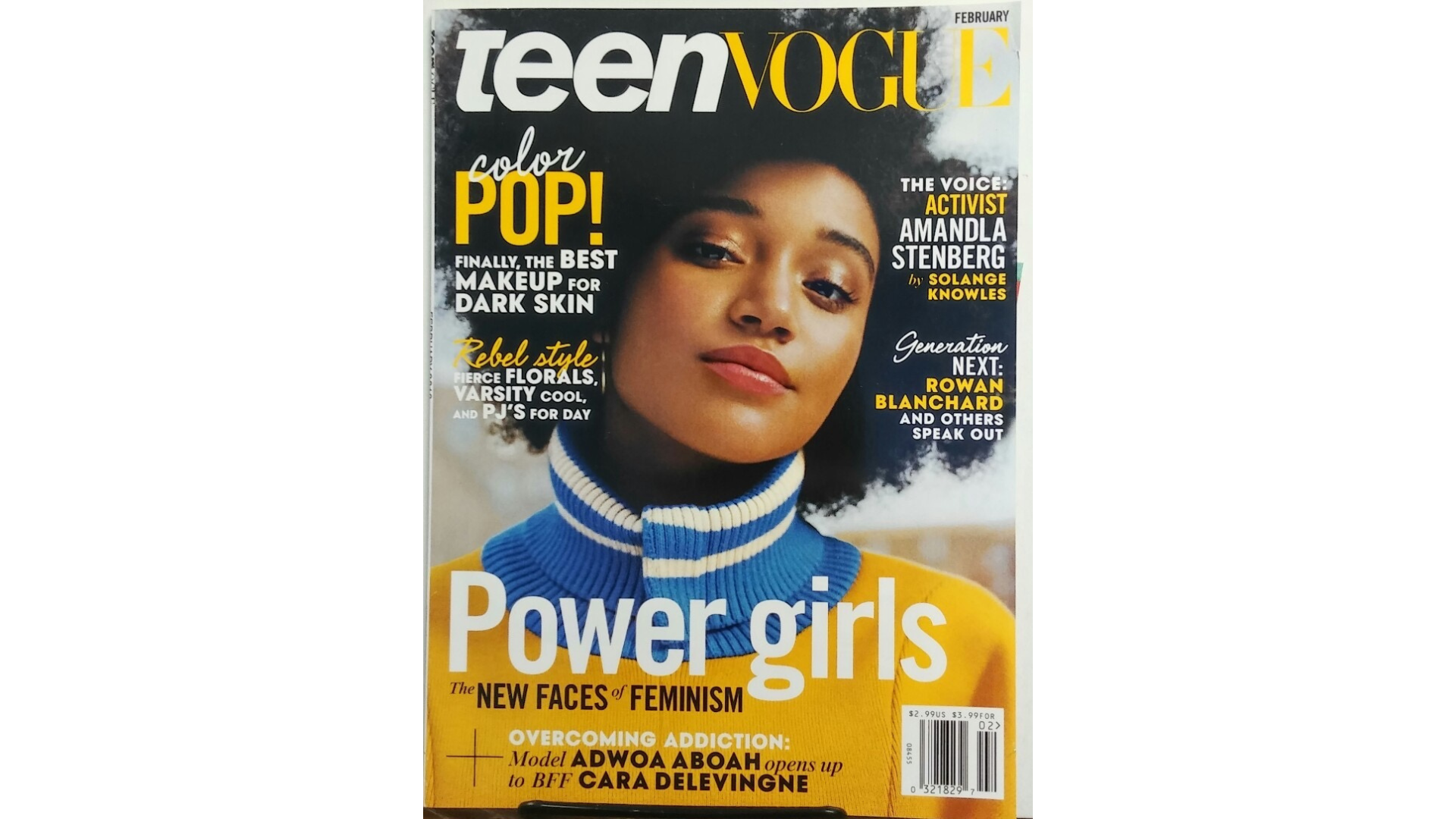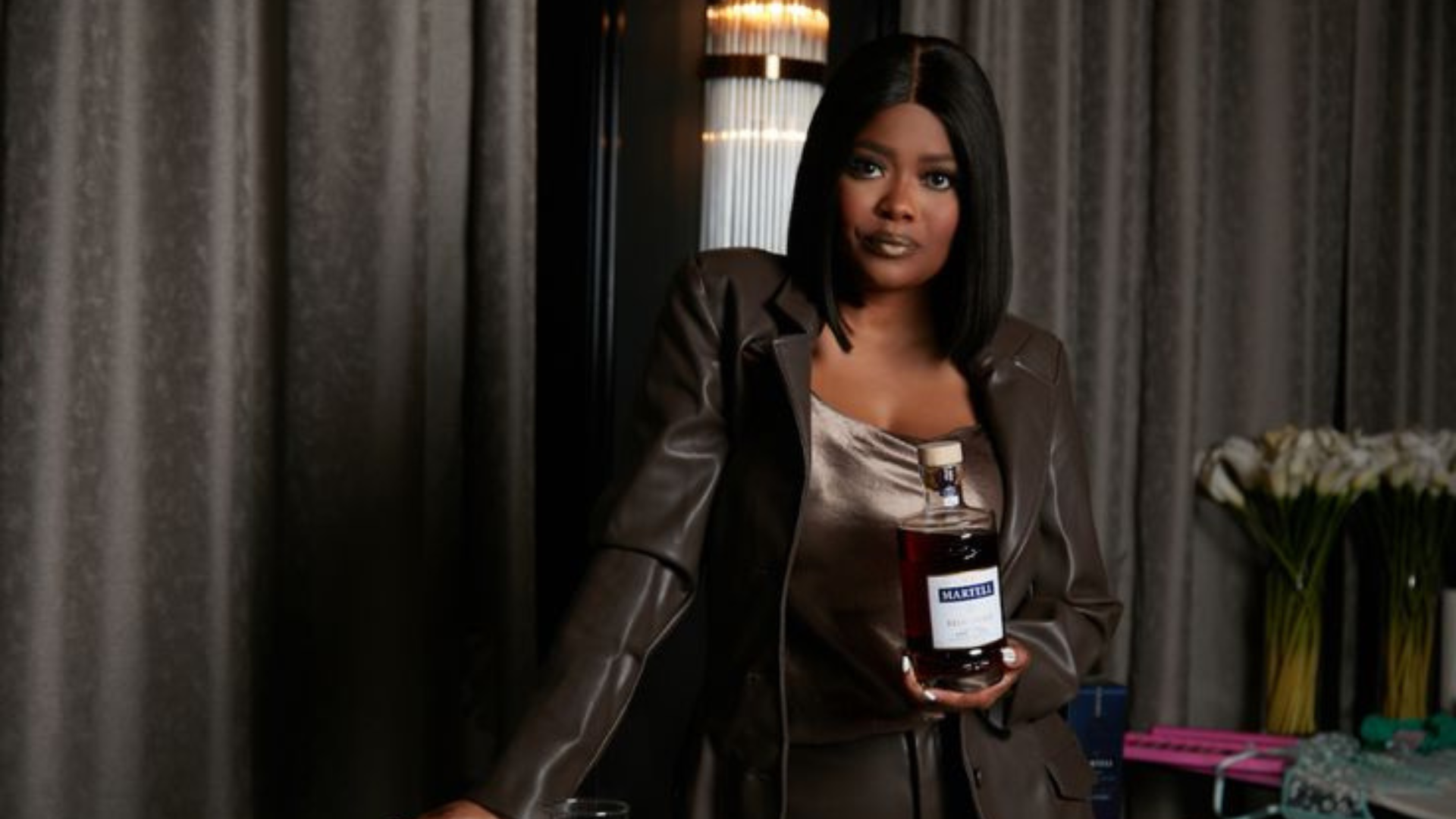5 Stand-Out Marketing Campaigns That Proved the Power of Black Girl Magic
Nov 12, 2025
For women in marketing who want to build campaigns with cultural impact
Black women have always set trends, shaped culture, and influenced buying behavior, long before brands realized the power of speaking directly to them. But when the phrase Black Girl Magic emerged, it did something groundbreaking: it gave language to a reality that mainstream marketing had failed to acknowledge.
Black Girl Magic is not a moment, it’s a movement. And smart brands have learned that when you market to Black women authentically, you don’t just earn customers…
you earn community, loyalty, and cultural equity.
Below are five campaigns that embraced that philosophy and demonstrated why representation is not a “nice to have”, it's a strategic advantage.
1. Teen Vogue + Amandla Stenberg: #BlackGirlMagic Cover Campaign

The campaign:
During Black History Month, Teen Vogue partnered with actress and activist Amandla Stenberg to launch the #BlackGirlMagic issue, inviting young Black women to share their stories, hair journeys, and self-identity through social media.
Why it worked:
- It centered voice, not just imagery, black girls weren’t passive audience, they were content creators.
- Teen Vogue shifted from editorial authority to cultural collaborator.
- It transformed the hashtag from a phrase into a collective storytelling moment.
Marketing lesson: Participation builds connection. Don’t speak to communities, build with them.
2. Nielsen’s “Exploring the Effect of #BlackGirlMagic” Consumer Insights Report
The campaign:
Nielsen released an analytical report that quantified what brands had been overlooking: Black women are trendsetters with significant purchasing power, especially in beauty, fashion, and lifestyle categories.
Why it worked:
- It proved representation has ROI, not just emotional value.
- It gave marketers data to justify inclusive campaigns.
- It shifted the narrative from culture to consumer behavior.
Marketing lesson: Culture + data = undefeatable strategy. Representation backed by insights is no longer optional, it’s profitable.
3. Martell Cognac × Karen Civil: “Black Girl Magic Trunks”

The campaign:
Martell and media strategist Karen Civil created curated gift trunks filled with products from Black women-owned brands, sending them to influential Black women entrepreneurs.
Why it worked:
- It wasn’t an ad, it was an activation rooted in community uplift.
- It highlighted multiple Black women creatives, not just Martell.
- It respected the principle of reinvesting in the culture you market to.
Marketing lesson: Authenticity looks like and is about partnership, not appropriation.
4. ESSENCE Magazine: The Original Amplifier of Black Girl Magic

The campaign:
ESSENCE has long championed Black women through its magazine, Essence Festival, and digital initiatives, celebrating achievements, entrepreneurship, and personal narrative.
Why it worked:
- It wasn’t reactive. ESSENCE doesn’t join cultural movements, it builds them.
- The brand exists to celebrate Black women 365 days a year, not as a temporary marketing wave.
- It shows consistency is a branding advantage.
Marketing lesson: Don’t ride a movement. Lead one.
5. “Why Black Women Are Worth the Investment”: Campaign Live + Industry Shift
The campaign/shift:
A wave of marketing editorials and industry think pieces emerged with a single message:
“Black Girl Magic isn’t just cultural, it’s commercial.” This wave has also shown why inclusive marketing isn’t just nice, but necessary. DGU explains why the industry must acknowledge black and women and the benefits of doing so.
Why it worked:
- It stamped the movement with industry legitimacy.
- It forced brands to see Black women as decision-makers, not demographic boxes.
- It challenged agencies to diversify creative teams, not just campaign visuals.
Marketing lesson: If the internal team isn’t diverse, the campaign can’t be authentic.
Final Thoughts: Black Girl Magic Isn’t a Trend, It’s a Blueprint

These campaigns prove what Black women have always known:
When you tell authentic stories, culture responds.
When you amplify marginalized voices, markets follow.
If you want to create a campaign that resonates, ask yourself:
“Am I trying to use culture, or am I trying to serve it?”
When you choose to serve, that’s when the magic happens.
✍️ Written by Alyssa Sanders
JOIN 30K MARKETING GIRLIES
Women in Marketing LinkedIn Group
A private community where young women in marketing network, collaborate, and support each other.
GOOD STUFF ONLY
Sky Society Weekly Edit
Signup for our weekly newsletter for:
✨ New entry-level marketing jobs
✨ Marketing tips and tea
✨ Resume and portfolio resources
✨ Invites to exclusive events
We hate SPAM. We will never sell your information, for any reason.










